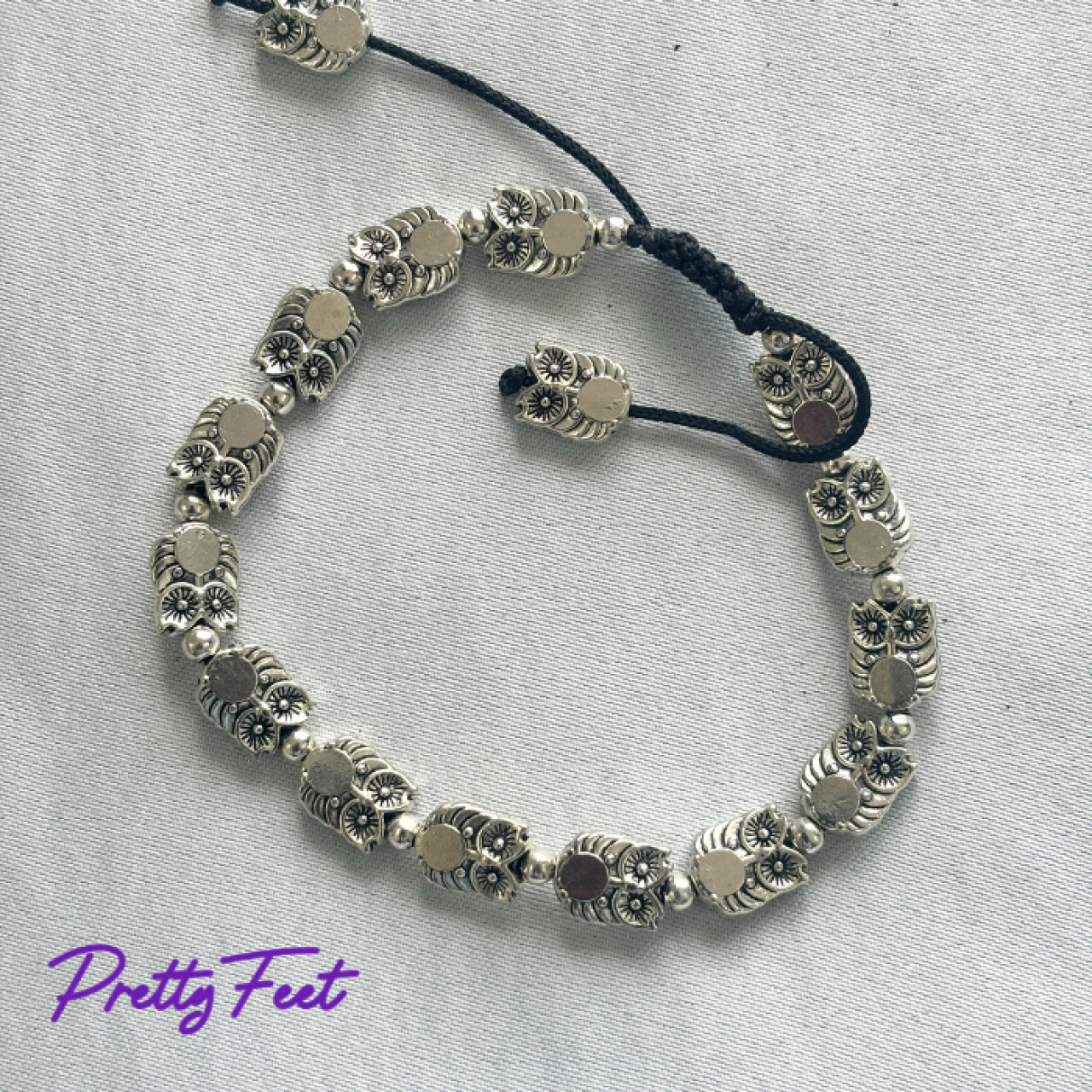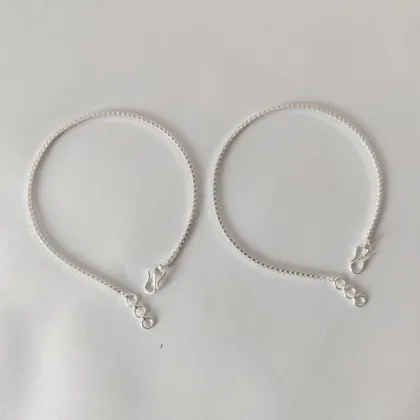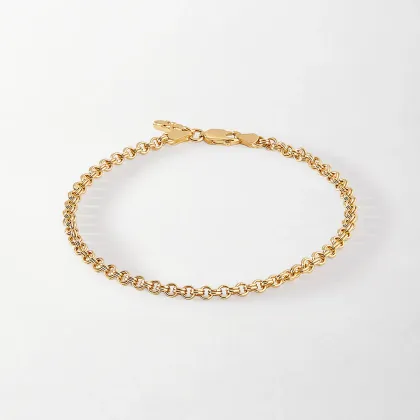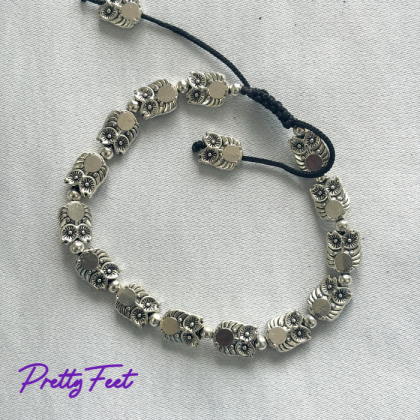The Significance Of Wearing A Nazarbattu Or Black Thread

The significance of wearing a nazarbattu or black thread is often rooted in cultural and religious beliefs, especially in South Asian traditions. Here are some common meanings associated with wearing a nazarbattu or black thread:
Protection from the Evil Eye: One of the primary reasons for wearing a nazarbattu is to protect oneself from the evil eye or negative energy. The black color is believed to absorb and ward off negative energy, and the thread is thought to act as a protective barrier against jealousy or ill intentions.
Symbol of Good Luck: In some cultures, the black thread is considered a symbol of good luck and is worn to attract positive energy and ward off misfortune. It is believed to bring good fortune and protect the wearer from harm.
Spiritual Significance: The use of black threads can have spiritual significance in various religious traditions. It may symbolize purity, the absence of negativity, or a connection to divine forces. The thread is sometimes blessed by religious figures or used in specific rituals.
Cultural Traditions: Wearing a nazarbattu may be part of cultural traditions passed down through generations. Families may have specific customs or rituals associated with the use of black threads for protection and good luck.
Warding off Envy: The black thread is often believed to protect against envy and the negative intentions of others. It is thought to absorb the effects of the evil eye, helping the wearer maintain a sense of well-being and peace.
Astrological Beliefs: In some cases, wearing a black thread may be recommended based on astrological beliefs. Astrologers may suggest specific colors or materials for individuals based on their birth charts or horoscopes to enhance positive energies and mitigate negative influences.
Symbol of Faith: Wearing a nazarbattu can also be an expression of faith and belief in the protective qualities associated with the black thread. It serves as a constant reminder of one's spiritual beliefs and the desire for protection.
Also, Various types of symbolic nazarbattus also known as evil eye charms or protective talismans exist. Here are some examples of different kinds of symbolic nazarbattus:
Blue Eye Nazar Battu: The blue eye is a common symbol in many cultures for protection against the evil eye. It is often depicted as a blue bead or eye-shaped charm. The belief is that the blue color wards off negative energy.
Hamsa Hand Nazar Battu: The Hamsa hand is a symbol that includes an open hand, often with an eye in the center. It is believed to offer protection and bring good fortune. The eye in the Hamsa is a nazarbattu, providing additional protection against the evil eye.
Elephant Nazar Battu: In some cultures, an elephant is considered a symbol of strength, wisdom, and good luck. A nazarbattu in the form of an elephant may be used for protection and to attract positive energies.
Tree of Life Nazar Battu: The Tree of Life is a symbol found in various cultures, representing growth, strength, and interconnectedness. A nazarbattu featuring the Tree of Life may symbolize protection and the flourishing of life.
Turkish Nazar Boncuk: Commonly used in Turkish and Middle Eastern cultures, the Nazar Boncuk is a blue glass bead with concentric circles in the middle, resembling an eye. It is believed to protect against the evil eye and is often hung in homes, cars, or worn as jewelry.
Red String Nazar Battu: In addition to black threads, red strings are sometimes used for protection. The red color is associated with vitality, passion, and strength. Wearing a red string as a nazarbattu may symbolize protection and good fortune.
Nazar Raksha Yantra: In Hindu culture, a Yantra is a mystical diagram or amulet with geometric shapes and symbols. The Nazar Raksha Yantra is believed to protect against the evil eye and negative influences. It is often worn as a pendant.
Amulet with Quranic Verses: In Islamic traditions, amulets containing verses from the Quran may be used for protection. These amulets may include protective prayers and symbols to ward off evil.
Ojo de Dios (God's Eye): Originating from Mexican and Native American cultures, the Ojo de Dios is a craft made with yarn and sticks in the shape of an eye. It is believed to have protective and spiritual significance.







